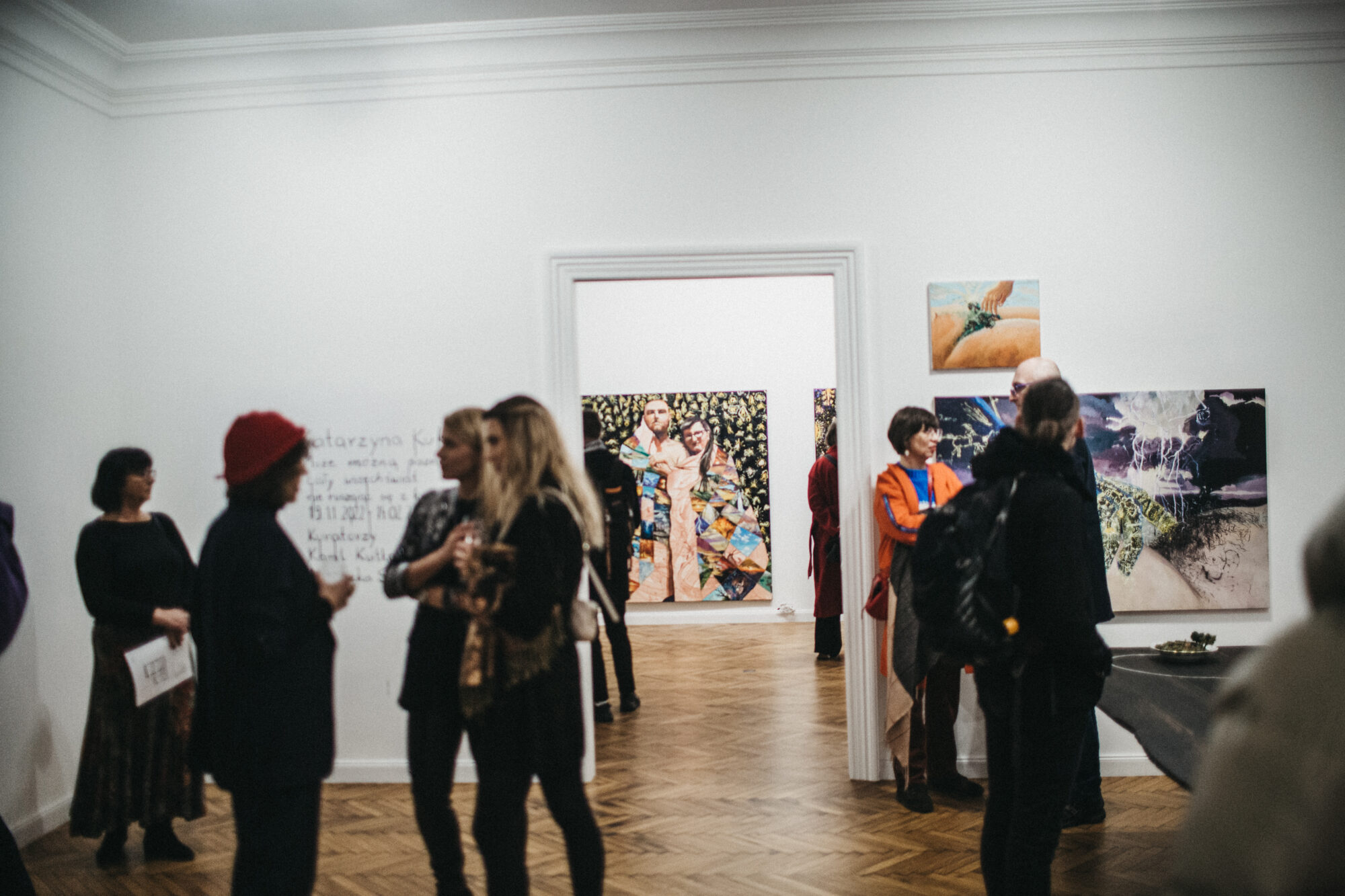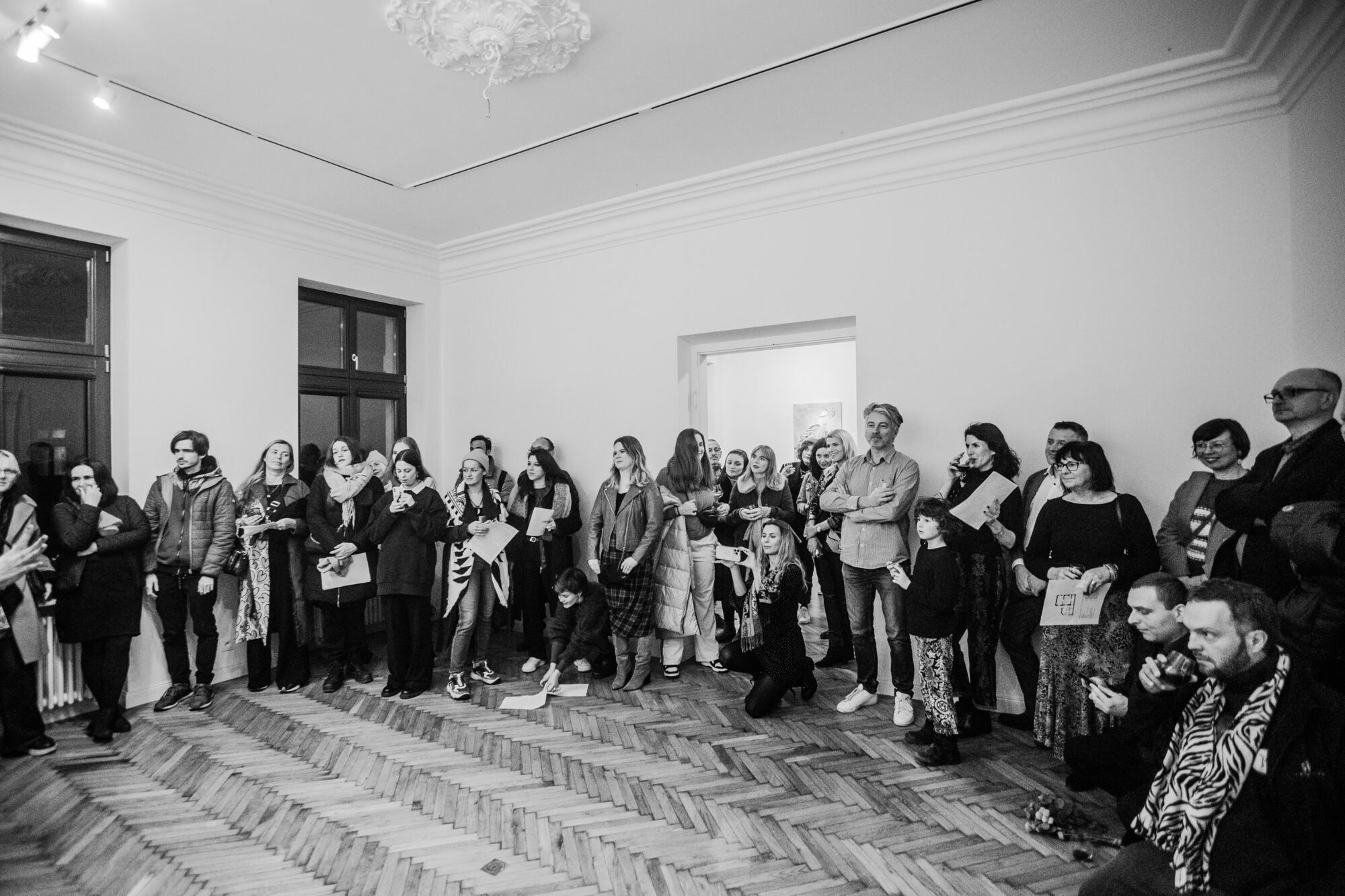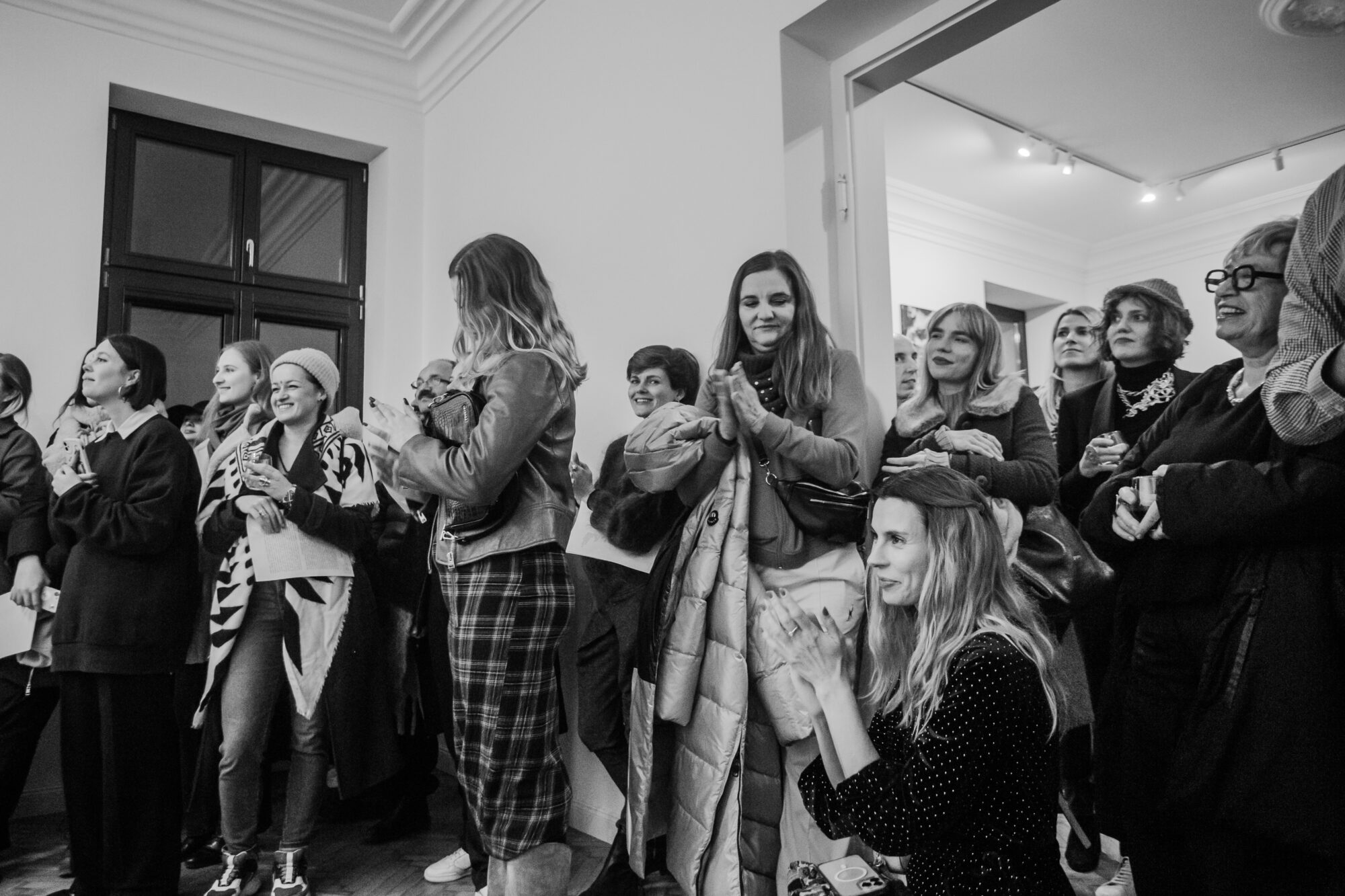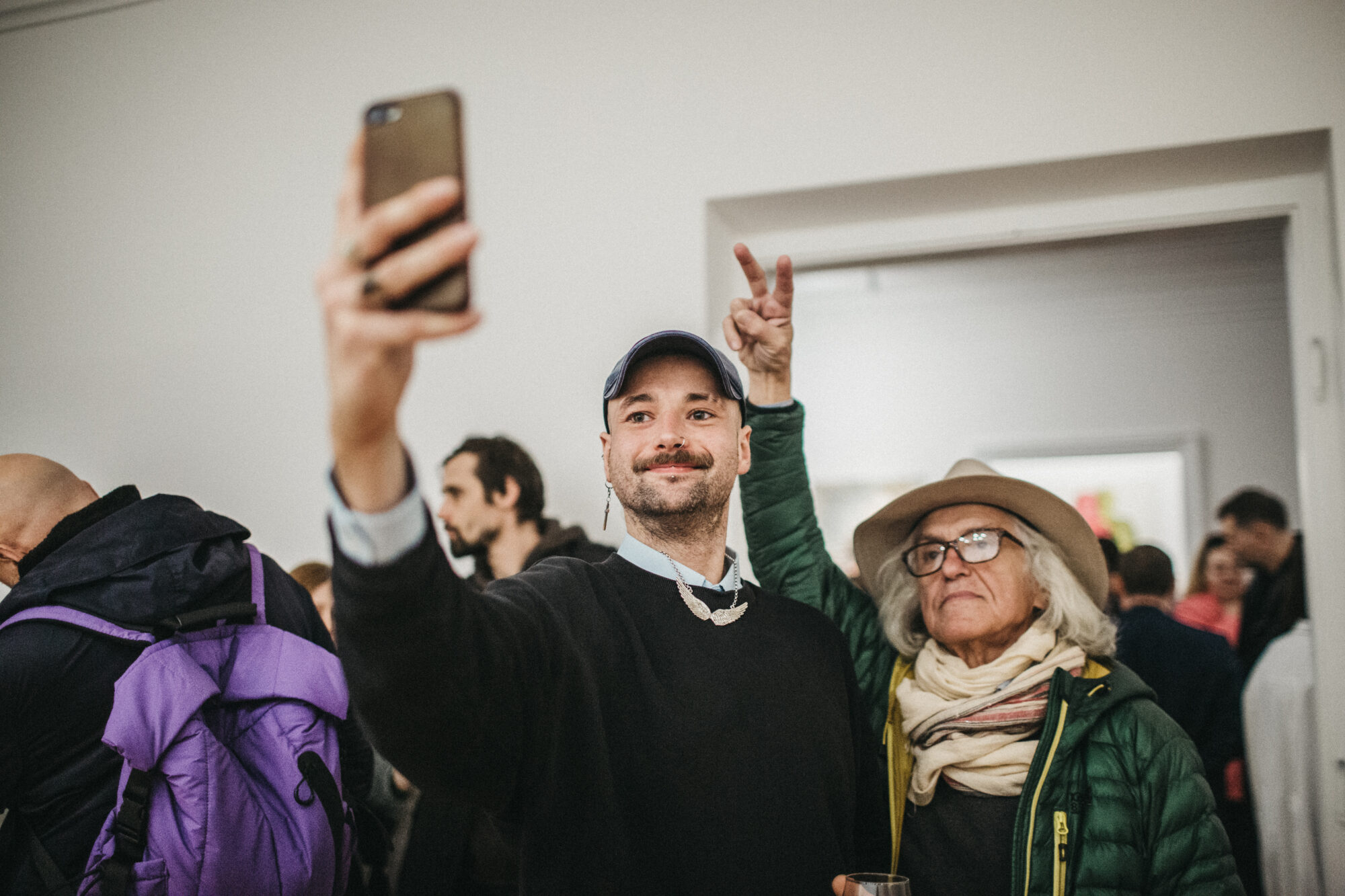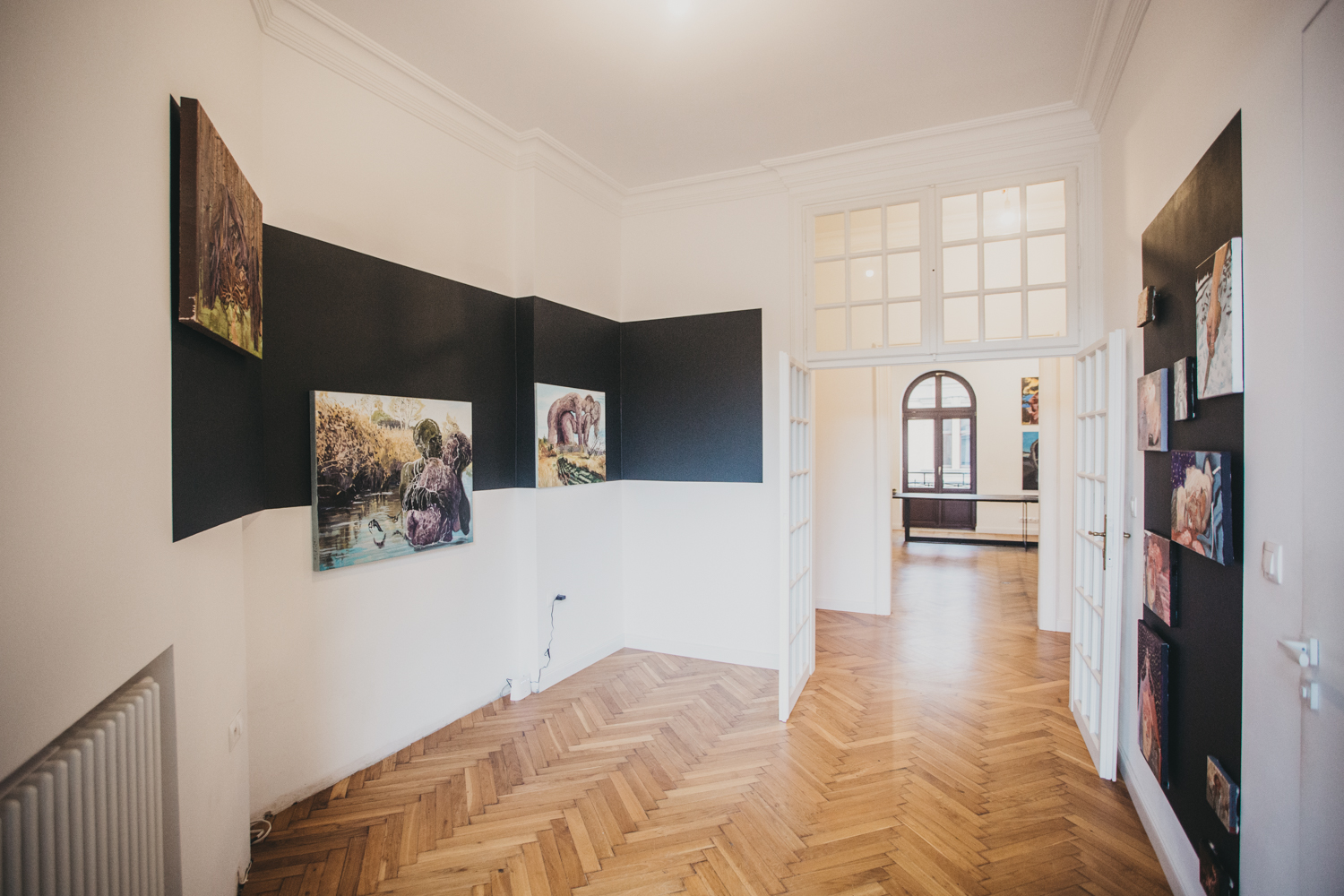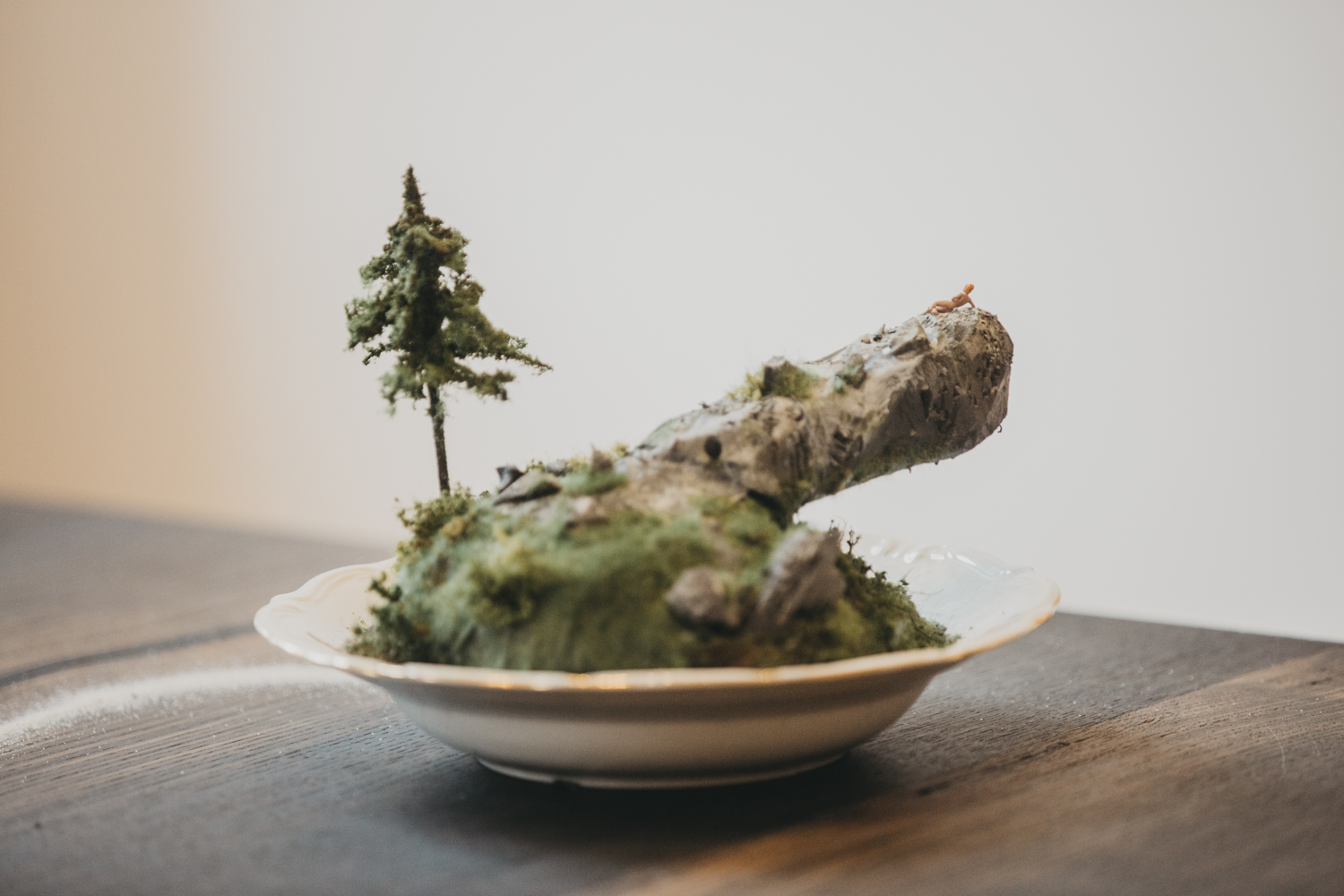artist: Katarzyna Kukuła
curators: Kamil Kuitkowski, Agnieszka Szultk
It is said that those who have never travelled are the most dangerous. After all, as Mark Twain said, “Travel is fatal to prejudice, bigotry, and narrow- mindedness…” For not only does it allow one to understand one’s smallness in the world, but also to free oneself from, or at least confront, established patterns of thought. And also to look into other ways of perceiving the world and one’s own presence in it. European culture is built on a dichotomy that dangerously simplifies reality. Culture – nature, male – female, human – animal, norm – deviation, sacrum – profanum, new – old, awake – dream, self – other.
However, an excursion into other cultures or religious systems is enough to discover, for example, the always complementary Yoni and Linga of Hindu cosmology, but also the Kamasutras, the intertwining Ying and Yang describing the workings of the universe in Taoism and Neo-Confucianism, or the inseparable coexistence of Mother Earth and Father Sky in Native American myths about the creation of the world. Katarzyna Kukuła’s painting grows precisely out of a similar view of the duality of the world, unusual in our cultural circle, a bit shamanic, not a zero-sum view, but one in which everything flows into everything. That of the human body into that of nature, male into female, heart into stomach, sky into earth, love into solitude. In this constant movement of forms and matter, Kukuła builds a story of a horizontal reality, each element of which is an equal part of a unity. Even if sometimes disturbing.
Show more
Lately, as the sun sets over the cities, the sky is bursting with extraordinary colours. These mixtures of golds, purples, even greens are breathtaking. No wonder, after all, they are created thanks to the post-industrial dust floating in the air. What is natural and what is civilisational mixes and intertwines to create a new entity in which the boundaries of the eternal and the man-made are blurred in the previously unknown colours of the evenings. One can choke on these dusts, out of a rightful horror of man’s destructive activity. Or one can allow oneself to penetrate the depths of this phenomenon and understand this post-nature, emerging before our eyes, as an eternal and continuous transformation of one thing into another. In this way – as in the title of Kukuła’s exhibition – “perhaps you can get to know the universe without moving from the sofa”. In its deepest sense, being in constant process and transformation. It may turn out to have an emancipatory and purifying power, after all, recognising the present as the only possible one may become the greatest threat. Because it induces paralysis, and this – especially in the face of all the dangerous problems of the present for the continuation of civilisation or even the human species – can easily turn into agony.
When H.P. Lovecraft was still writing the short story The Colour out of Space in 1927, the fictional idea of a meteorite – a being from a radically different world infecting and transforming into entirely new entities the plants, animals and humans in the vicinity of its fall to earth – evoked the deepest possible horror typical of this writer’s works. However, already in Jeff VanderMerr’s 2014 book Annihilation, which actually repeats and expands Lovecraft’s concept, and especially in its 2018 adaptation, Alex Garland’s Annihilation, the horror turns first into fear, then merely into anxiety, before finally giving way to a quiet acceptance and understanding of the transformation and aberration of the world and the creatures that inhabit it. This disruption of all known and understood logical orders serves to work out completely new ones in their place. This state or period, following the Anthropocene, is what the Australian philosopher Glenn A. Albrecht calls the symbiocene. And it is almost illustrated in her paintings and objects by Kukuła. In them, human bodies mix with vegetation and the elements, becoming both at the same time. The vagina is at the same time a pond in a clearing, and the bodies of lovers are lightning bolts piercing a stormy sky. This world turns out to be an ecosexual utopia in which man lives in symbiosis not only with other human beings, but also with objects, animals, and all other natural entities. And although sometimes, in Kukuła’s paintings, the sofa (from which “you can know the univers”) tries to absorb this universe, and the head cracks so that the brain flows out of it, there is an extraordinary tenderness and wisdom in this coexistence of an uninterrupted mutual exchange of energy. Perhaps this is the kind of economy we need now.
As anthropologist David Graeber and archaeologist David Wengrow wrote in their joint book The Dawn of Everything, in which they argue that our past and the development of civilisation was not at all a linear path of progress leading to the present, but a multiplicity of possibilities, trials, orders and systems: “If something did go terribly wrong in human history, then perhaps it began to go wrong precisely when people started losing that freedom to imagine and enact other forms of social existence.” Maybe it’s time to rediscover them. Kukuła appears to be succeeding in this. If only in art. From it, one can always start a further journey, (without) moving from the sofa.
Kamil Kuitkowski
Show less







